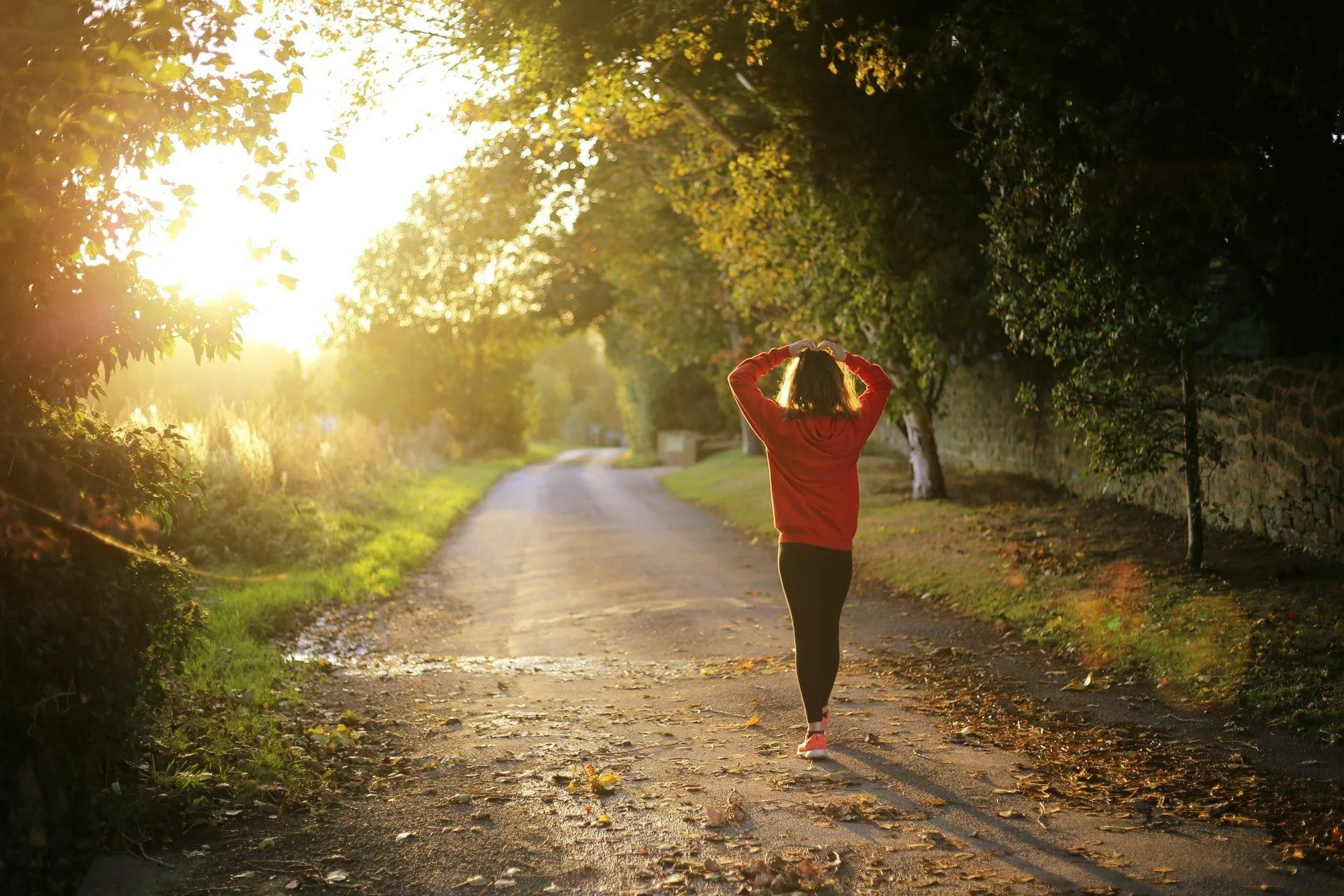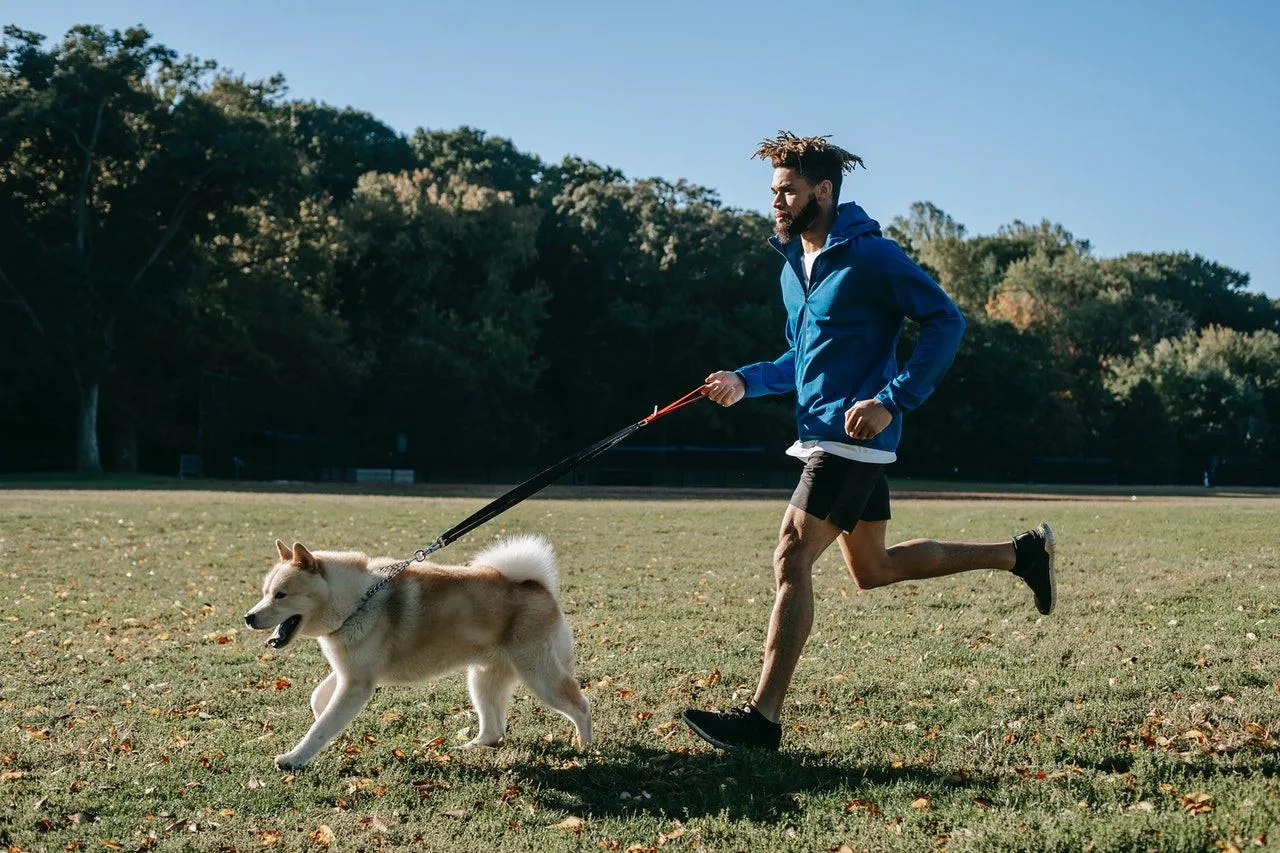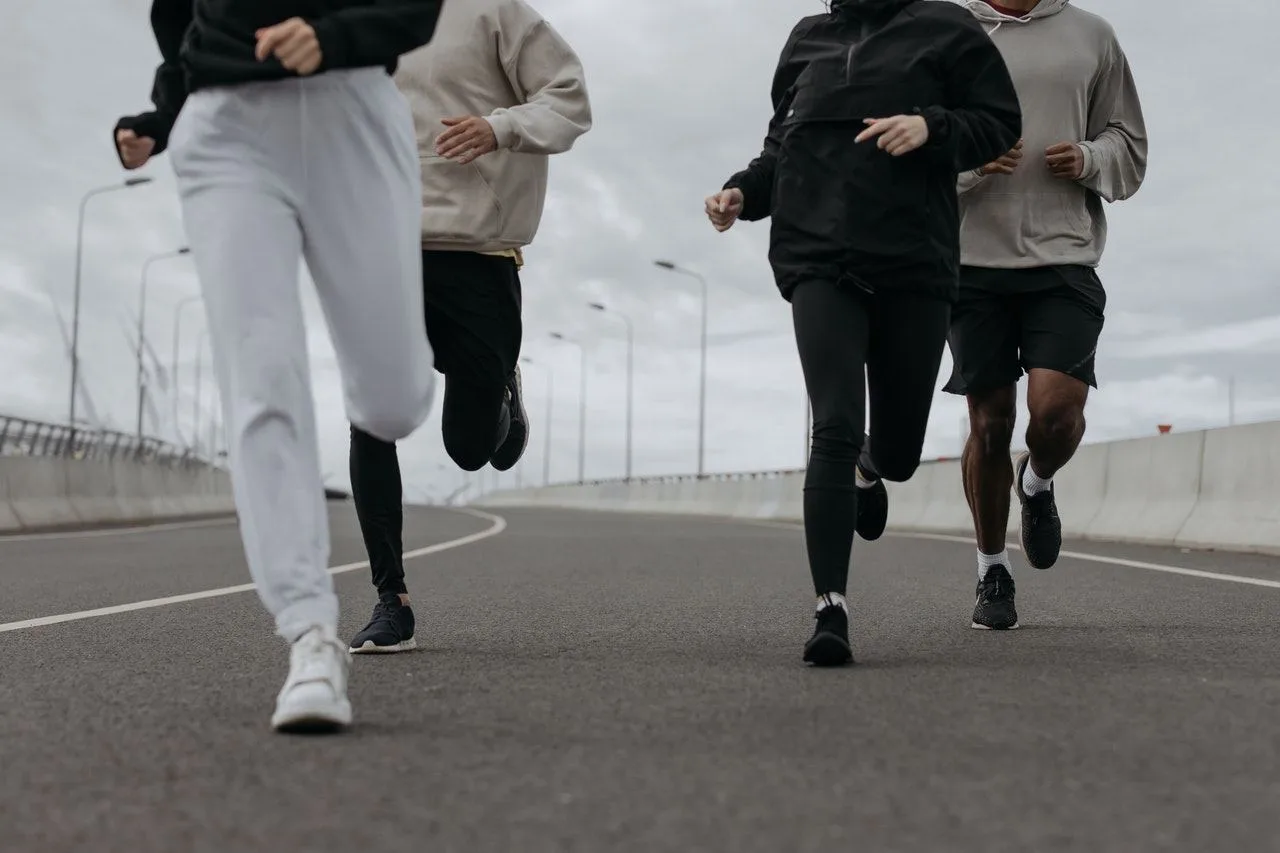Staying fit this summer can be as simple as maintaining a running regimen. But what do you do when your running group isn’t available? You can’t just break your regimen!
That’s why you need to learn the ins and outs of staying fit and safe while running alone. Whether it’s doing your research, staying confident, or wearing a medical alert necklace, you can remain safe while improving your fitness this summer. Here are just a few ways to do so:
Look Into Your Area
One of the best things you can do for your personal safety is to look into where you’ll be running. Uncertain of the area you plan on exploring? Use one of the many online tools that allow you to determine which neighborhoods are safe.

Photo by Emma Simpson on Unsplash
Know Your Route In Advance
When running alone, it’s best to not fly by the seat of your pants. Instead, you need to take the time to map out your running route in advance.
This is true while running the roads, as you’ll want to make sure that you’re not running into dangerous neighborhoods. However, it is especially important when running out on the trails. It can be easy to get lost in the woods – you miss a single trail, taking the wrong one, and suddenly you’re five miles off route. You need to know where you’re going before you set out on your journey.
Run in Populated Areas
While it might sound fun to escape into the greater world, especially the woods, it’s best to stick to populated areas when out running. There are a few reasons for this: for one, you’re bound to be targeted less in populated spaces, as you won’t be able to be singled out as easily.
Second, if you were to get injured, there are bound to be more people around to help. If you were to get injured in the woods, you likely won’t be able to receive help for some time. Rather, there is going to be passing vehicular and foot traffic to assist you in the city.
Remain Aware
You shouldn’t allow yourself to get distracted. Do all you can to remain aware. Keep your eyes on the trail ahead, listen in to your surroundings, remain wary of passersby who aren’t maintaining their distance, and continue following your route.
Appear Confident
Don’t let your guard down while running. One of the best ways to remain safe, relative to other people, is to not show your fatigue. The problem with appearing tired is that it may make you a mark to others – a target for a potential crime, whether it be an assault or robbery. Rather, you should do what you can to maintain an appearance of confidence and strength.
It might not sound like much, but it will share a vibe with others that says, “Don’t bother me, and don’t try to mess with me.”
Leave The Headphones Behind
While music can pump you up throughout your run, helping you climb the steepest hills and overcome hitting the walls, it can also be a major distraction – particularly to your surroundings. It’s in your best interest to leave your headphones at home, for that reason. This will allow you to properly listen in to what’s happening around you so you can put your safety above all else.
That’s why you should always carry your identification with you. Medical alert bracelets are some of the most trusted IDs worn by runners, cyclers, and hikers alike, as they allow them to carry their relevant medical information with them wherever they are. In the event of an emergency, your bracelet can be used to both identify you and, when calling for help, inform first responders of your relevant medical history.
Avoid Running Too Late
Running at night can be dangerous, so it should be avoided unless you have to do it. But that doesn’t mean you shouldn’t. If you like running at night, you should do so while keeping certain precautions in mind. There are a number of key tips you should follow to remain safe while running at night. These include:
- Wear reflective gear
- Wear a bright, illuminated vest
- Wear a headlamp
- Watch your footing
- Listen for other people, cars, and animals
- Keep your eyes peeled
- Bring your cell phone with you
Carry A Self-Defense Tool
While you might not like the idea of carrying a personal safety device on your runs, it can keep you safe in the event of an attack. Common items carried by runners include pepper spray, keychain tasers, and other keychain weapons. Most of these are made to be handheld nowadays, meaning it’s easy to stay safe.
Don’t Go It Alone
As tempted as you are to exercise alone, it’s in your best interest to try to exercise with others, when you can. While you don’t always have to run in a group, you should consider doing it every so often. A group can help protect you – consider it as the old adage “safety in numbers.” Furthermore, it will provide you with the necessary company that will keep you entertained, making your training runs feel less brutal.
Get the most out of this summer and start training with all your might. But don’t ever let your guard down in the process. Remain prepared and remain safe. Then, you can put all your energy into beating your personal records.







![women [longevity live]](https://longevitylive.com/wp-content/uploads/2020/01/photo-of-women-walking-down-the-street-1116984-100x100.jpg)










